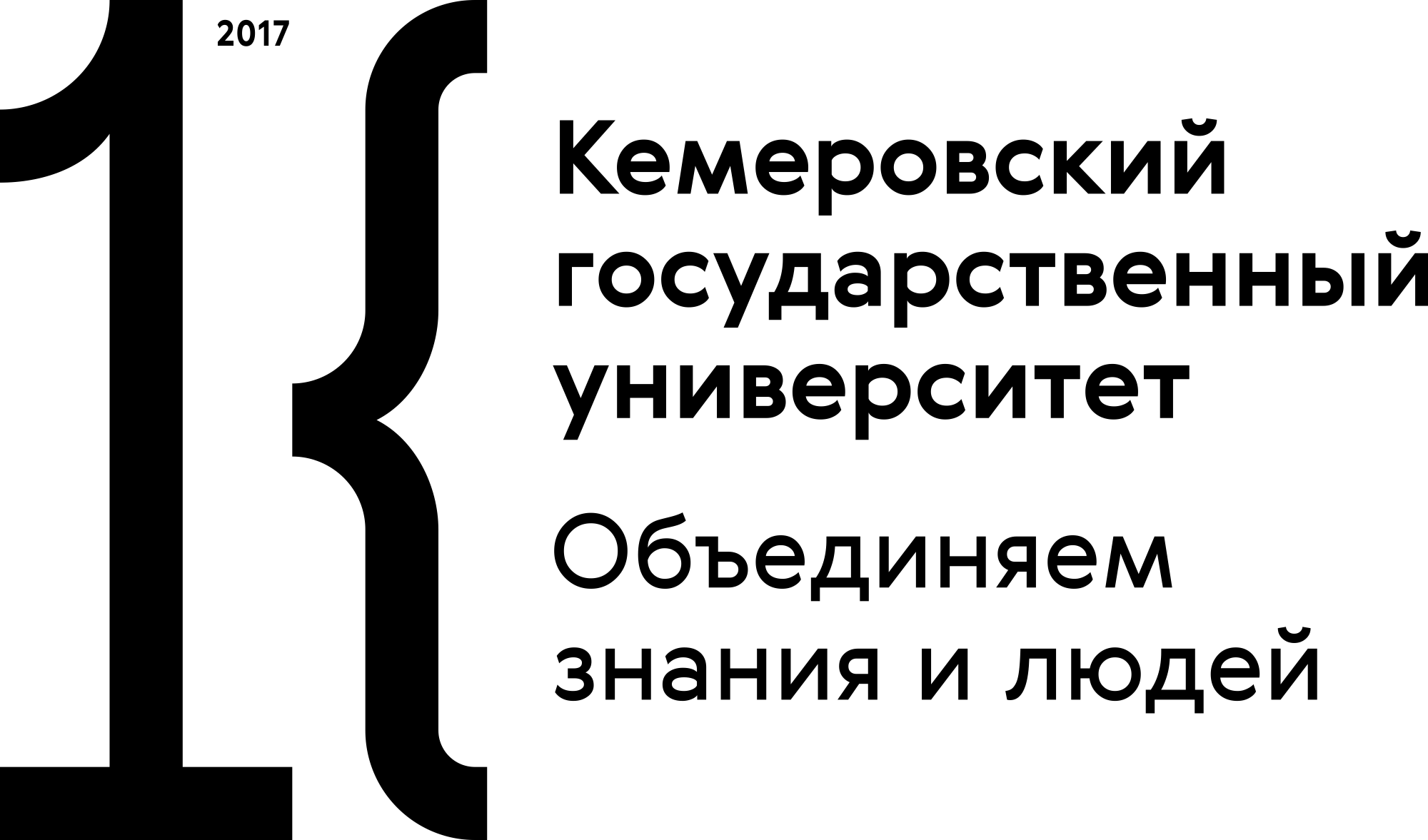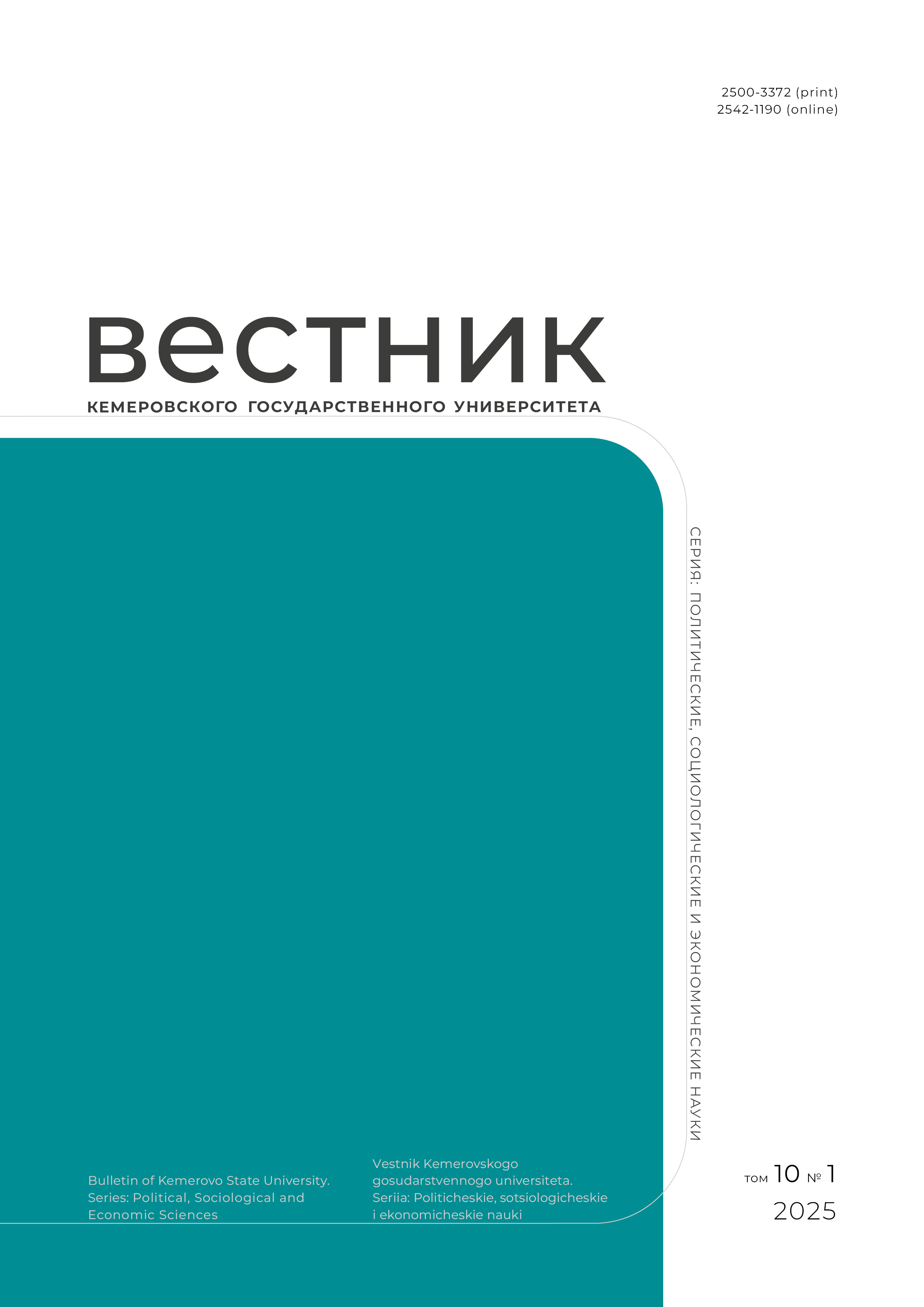Russian Federation
Krasnoyarsk, Krasnoyarsk, Russian Federation
Krasnoyarsk, Russian Federation
Krasnoyarsk, Russian Federation
UDC 33
The digital transformation of the economy and the conceptual changes in developing new consumer value predetermined new types of interaction between participants in innovation activities. These changes affected the elements of innovative infrastructure, which ensures effective production of open innovations. The increasing communication of innovation process participants remains a problem of innovative infrastructure performance, which requires new forms and configurations based on digital platform solutions. Modern information and communication technologies and their implementation in the innovative infrastructure will reduce investment costs for creation and maintenance of physical objects and decrease the time spent on searching, exchanging, and processing information of innovation process participants. The article considers the innovative infrastructure as an interaction system of subsystems based on digital platforms. The system provides downloadable information and innovative solutions. The paper focuses on the information subsystem of innovative infrastructure, its components, digital platforms, and services. The authors define distributed and integrated technologies for managing innovative infrastructure that provide communications in a single ecosystem of heterogeneous information network services of innovation process participants. The authors introduce effective mathematical tools of modified GERT networks for modeling computational data processing in heterogeneous environments of digital services of innovative infrastructure.
innovation ecosystem, digital platforms, information and communication technologies, distributed-integrated technologies, heterogeneous network services, GERT networks
1. Agarkov S. A., Kuznetsova E. S., Gryaznova M. O. Innovation management and state innovation policy. Moscow: Akademiia estestvoznaniia, 2011, 143. (In Russ.)
2. Apatova N. V., Korolev O. L. Problems of region innovative infrastructure formation in digital economy. Uchenye zapiski Krymskogo federalnogo universiteta imeni V. I. Vernadskogo. Ekonomika i upravlenie, 2017, 3(1): 3-11. (In Russ.)
3. Ivanov V. V. Innovation paradigm XXI. Moscow: Nauka, 2011, 238. (In Russ.)
4. Koroleva L. P., Kandrashkina M. A. Innovation infrastructure: essence and tendencies of development in the Republic of Mordovia. Sistemnoe upravlenie, 2014, (3). Available at: http://sisupr.mrsu.ru/2014-3/PDF/Koroleva_L_P_Kandraskina_M_A.pdf (accessed 19.03.2020). (In Russ.)
5. Monastyrny E. A. Methodological support for the development of a regional innovation system in the modern economy of Russia. Dr. Econ. Sci. Diss. Abstr. Tomsk, 2009, 46. (In Russ.)
6. Sibirskaya E. V., Oveshnikova L. V., Kuzovleva I. Yu. Essentially-substantial nature of balanced design innovation infrastructure. Fundamentalnye issledovaniia, 2013, (10-11): 2514-2518. (In Russ.)
7. Raikhlina A. V. Formation and development of infrastructure of innovation activity. Ekonomika, statistika i informatika. Vestnik UMO, 2013, (2): 59-62. (In Russ.)
8. Detter G. F., Tukkel I. L. "Smart" digitalization of local innovation ecosystems of the Arctic zone of the Russian Federation. Innovatsii, 2018, (11): 30-35. (In Russ.)
9. Hirst P. Q. Associative democracy: new forms of economic and social governance. Amherst (MA): University of Massachusetts Press, 1994, 222. (In Russ.)
10. Lapaev S. P. Management of the formation of a regional innovation system. Orenburg: OGU, 2014, 474. (In Russ.)
11. Serebryakova N. A., Petrikov A. V. The principles of design and the organization of functioning of innovative infrastructures in the conditions of the Industry 4.0. Vestnik VGUIT, 2018, 80(4): 384-387. (In Russ.) DOI:https://doi.org/10.20914/2310-1202-2018-4-384-387
12. Zymbler M. L. Overview of methods for integrating data mining into DBMS. Bulletin of South Ural State University. Series: Computational Mathematics and Software Engineering, 2019, 8(2): 32-62. (In Russ.) DOI:https://doi.org/10.14529/cmse190203
13. Kupriyanovsky V. P., Sokolov I. A., Talashkin G. N., Dunaev O. N., Zazhigalkin A. V., Raspopov V. V., Namiot D. E., Pokusaev O. N. Digital sharing economy: technologies, platforms and libraries in industry, construction, transport, and logistics. International Journal of Open Information Technologies, 2017, 5(6): 56-75. (In Russ.)
14. Kuznetsov S. D. Data management: 25 years of forecasts. Proc. ISP RAS, 2017, 29(2): 117-160. (In Russ.) DOI:https://doi.org/10.15514/ISPRAS-2017-29(2)-5
15. Parker G. G., Alstyne Van M. W., Choudary S. P. Platform revolution: How networked markets are transforming the economy and how to make them work for you. N. Y.: W. W. Norton & Company, 2016, 352.
16. Petrikov A. V. Analysis of the network structure of the points of innovative growth. FES: Finansy. Ekonomika. Strategiia, 2018, 15(12): 46-50. (In Russ.)
17. Evsyukov V. V., Pyshny A. I. "The digital economy" - a new stage informatization of society. Izvestiia Tulskogo gosudarstvennogo universiteta. Ekonomicheskie i iuridicheskie nauki, 2018, (4-1): 11-19. (In Russ.)
18. Economic and industrial development trends in the conditions of digitalization, ed. Babkin A. V. St. Petersburg: SPbPU, 2017, 657. (In Russ.) DOI:https://doi.org/10.18720/IEP/2017.6
19. Andieva E. Yu., Filchakova V. D. The digital economy of the future, Industry 4.0. Prikladnaia matematika i fundamentalnaia informatika, 2016, (3): 214-218. (In Russ.)
20. Smelyansky R. L., Bakhmurov A. G., Volkanov D. Yu., Chemeritskii E. V. Integrated environment for the analysis and design of distributed real-time embedded computing systems. Programmirovanie, 2013, 39(5): 35-52. (In Russ.)
21. Zinkin S. A. Alignment and coordination of objects and processes in agent-oriented systems and networks of storage and data processing. Voprosy radioelektroniki, 2009, 4(4): 83-96. (In Russ.)
22. Miklyaev I. A., Zhirnova M. A. Hybrid cloud technologies based on relational and object databases. Obektnye sistemy, 2015, (11): 58-63. (In Russ.)
23. Gschwind M. The cell broadband engine: exploiting multiple levels of parallelism in a chip multiprocessor. International Journal of Parallel Programming, 2007, 35: 233-262. DOI:https://doi.org/10.1007/s10766-007-0035-4
24. Neumann K. Stochastic project networks: Temporal analysis, scheduling and cost minimization. N. Y.: Springer Science & Business Media, 1990, 237.
25. Tsepkova M. I., Stupina A. A., Korpacheva L. N., Fedorova A. V., Dzhioeva N. N. Analysis of work units of the distributed information processing system using GERT-networks. Sovremennye problemy nauki i obrazovaniia, 2015, (2-2). Available at: http://www.science-education.ru/ru/article/view?id=21953 (accessed 14.03.2020). (In Russ.)

















